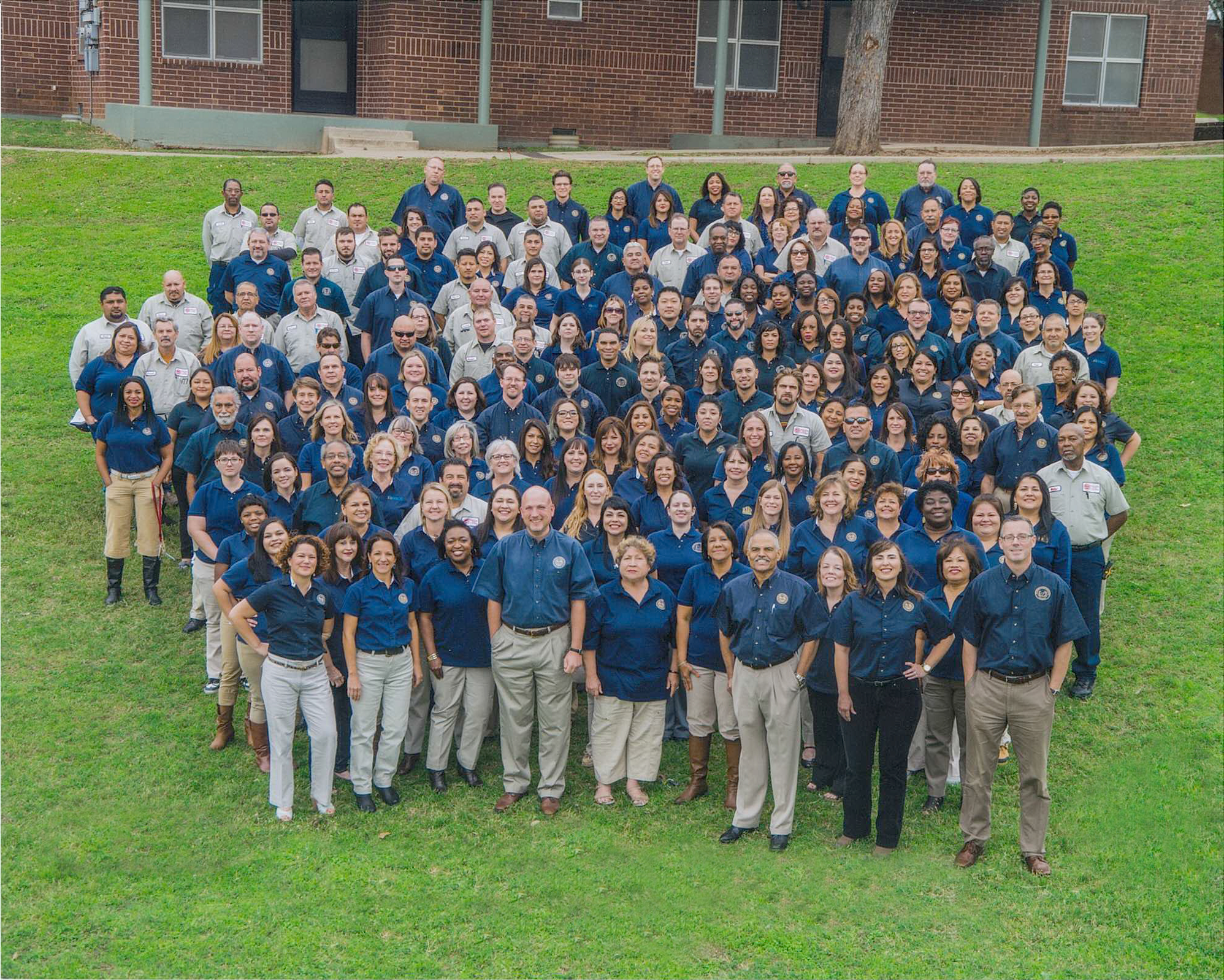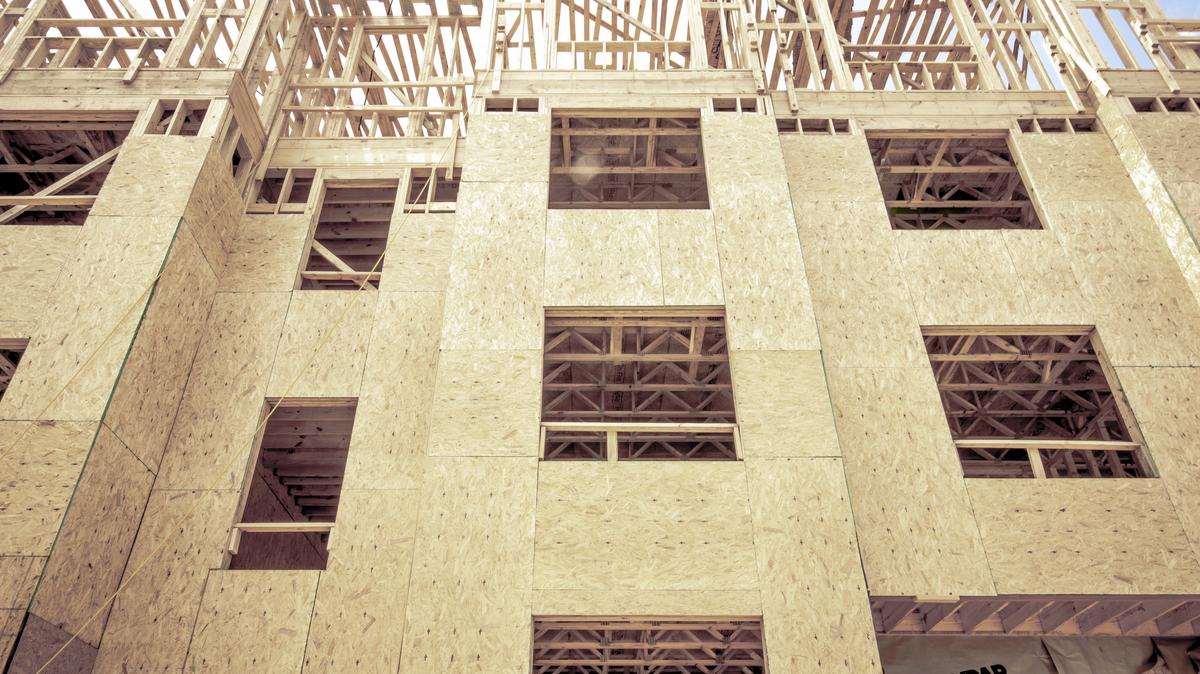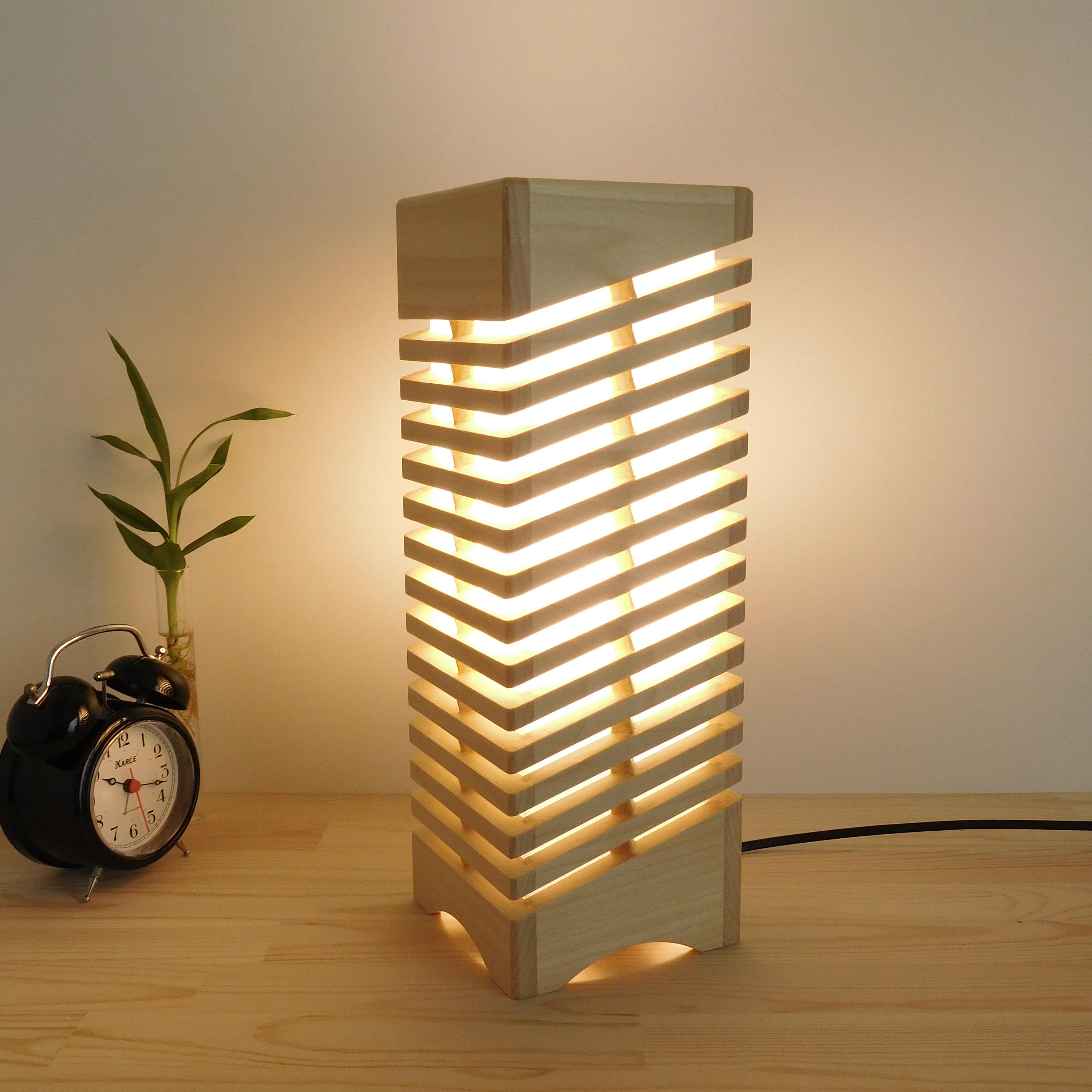Table of Content
- What’s the difference between social housing and affordable housing?
- Years ago, Austin set affordable housing goals. The city is far from accomplishing them.
- Ultimate Guide to SMART Housing at UT Austin
- How Much Does it Cost to Live Near UT Austin?
- Watch this short video to learn how to use the AHOST to find affordable rental properties:
- Affordable Housing In AustinTravis County,
- Live Here
- Austin Monitor
By government standards, “low-income” earners are men and women whose household income is less than double the Federal Poverty Level . That means that a single person making less than $25,000 a year would be considered low income. Private Activity Bonds are tax-exempt bonds issued by the AHFC to finance multi-family developments.
Intermediate housing is defined as affordable housing which is targeted at people who have little chance of accessing low cost rent housing, but who are not able to afford to rent or buy a home on the open market. To apply for a Housing Choice voucher, contact a public housing agency in your state. You will need to fill out a written application or have a representative of your local PHA help you.
What’s the difference between social housing and affordable housing?
Public Housing Agencies operate federally assisted affordable housing programs at local levels on behalf of HUD. But figuring out which apartments have affordable units available and are accepting new applications takes some work. The good news is there are efforts underway to make this process easier to navigate.

Developers have built roughly 8,000 affordable homes, less than a quarter of the city’s overall goal. Enjoy the amenities with a 24-hour fitness center, yoga and spin room, and resort-style pool making life at Residences at the Domain the perfect blend of work and play. Usually, an apartment complex selects certain floor plans to offer SMART housing in. This means that if you qualify for SMART housing and would like to receive the discounted pricing, you will need to choose one of the designated floor plans in which SMART housing is available.
Years ago, Austin set affordable housing goals. The city is far from accomplishing them.
Next, take a look at this chart of the Median Family Income for the Austin area. Some affordable housing programs target households making 80 percent or less of the median family income, which in 2019 was $95,900 for a four-person household, a number the federal government resets every summer. When possible, this guide will make clear which income levels are relevant. The chart lists the 2019 median family income for households of one to eight people and from 20 percent to 100 percent of median family income for each group.
The Mueller Affordable Homes program also has a rental component for the apartment complexes at Mueller. To qualify, you must make 60 percent or below the median family income. Commissioner Sterling Lands said the city had done a yeoman's job on the development of the SMART Housing program but pointed out the city still had little to offer a family living on a minimum wage income.
Ultimate Guide to SMART Housing at UT Austin
You might be surprised by how much someone can make and still qualify for affordable housing or down payment assistance. The AHOST listing of affordable rental housing is updated regularly, but the availability of units cannot be guaranteed at any given time due to the rapid changes in the Austin housing market. To be eligible, developers are required to obtain a supportive resolution from the City Council as part of their application. For example, for a household with 4 people the total yearly income can be no more than $78,100 to qualify for income-restricted affordable rental housing that appears in the AHOST.

This is accomplished through a statistic established by the government called the Area Median Income, most often referred to as AMI. Households who pay more than thirty percent of their gross income are considered to be Rent Overburdened. In Austin, a household making less than $3,490 a month would be considered overburdened when renting an apartment at or above the median rent. There are 18,856 affordable apartments in Austin that offer reduced rents to low-income households. While builders are starting a lot of new homes in the Austin area, a large demand for housing has kept prices high. Without government intervention, many of these new homes will not be affordable to people earning low incomes.
The properties in the AHOST are only income-restricted, meaning those who rent them must have a household income less than 80 percent of the area median family income for the Austin area, though some properties have lower income limits. Rental assistance is a type of housing subsidy that pays for a portion of a renter’s monthly housing costs, including rent and tenant paid utilities. There are 18,856 rent subsidized apartments that do not provide direct rental assistance but remain affordable to low income households in Austin.

The city says it's finally ready to deploy what it calls a "preference policy," where low-income residents living in gentrifying parts of town are prioritized for affordable housing. Housing choice vouchers allow households to pay no more than 40% of their income toward rent; the federal government pays the landlord the rest. These homes should be built throughout the city, council members and staff agreed, particularly in West Austin where little new development occurs — especially the development of housing people with low incomes can afford. The city estimates the bond would be paid off by taxpayers over the next two decades. Homeowners living in a median-priced house could expect to pay about $50 more a year in property taxes to pay down the debt. This includes student housing at The Quarters on Campus located in the West Campus neighborhood.
If you qualify, some apartments offer a lower rent price in certain rooms. Search theAffordable Housing Online Search Tool by entering in your household income and household size to view affordable rental properties. Applicants are also required to participate in the S.M.A.R.T. Housing Program to receive City support. Most affordable housing programs determine eligibility based on the percent of AMI a given household's income is. Among the programs that determine eligibility based on the AMI are Section 8, HOME, LIHTC, Section 515, 202 and 811.

The state agency shifted boundaries for one of two I-35 expansion options after realizing the 70-unit Aria Grand apartment complex was in the path of highway widening plans. Those households are struggling to stay afloat, according to a new poll from NPR, the Robert Wood Johnson Foundation and the Harvard T.H. Chan School of Public Health. This price can range from the $700s to just over $1200 depending on the complex and the apartment itself. Then, get your questions answered and decide if homeownership is right for you.
Current applications for RHDA and OHDA assistance for affordable housing support are available onCurrent Applications Listings . Visitors to the site can review the submitted developer applications and provide comments and ask questions about the applications and the review process. Affordable housing program eligibility is always determined by one's income. Each household's income is compared to the incomes of all other households in the area.

One of the least talked-about but potentially most helpful tools in the affordable housing toolbox are the many down payment assistance programs offered to homebuyers. These programs are perfect for those who have good credit scores and decent income but not enough savings to cover their entire down payment and closing costs. And it is surprisingly easy to qualify—the income limits in these programs tend to be much higher than those for affordable housing programs. While most affordable housing programs for homebuyers target people earning 80 percent of median family income or below, know that the sweet spot is 60 to 80 percent of median family income. If you make too far below 60 percent median family income levels, it will also be challenging to qualify for the home-purchase loan. The housing authority also runs Austin’s 16 public housing communities, which hold a total of 1,619 units.
Live Here
In 2018, voters approved another affordable housing bond, with a price tag of $250 million. Nearly all of the money from that loan, which will also be paid back through residents’ property taxes, has been spent. The first step is determining if you qualify by receiving need-based financial aid or by meeting the low-to-moderate income requirement. That’s why the City of Austin developed the SMART housing program to help make housing more affordable for those who qualify.

No comments:
Post a Comment